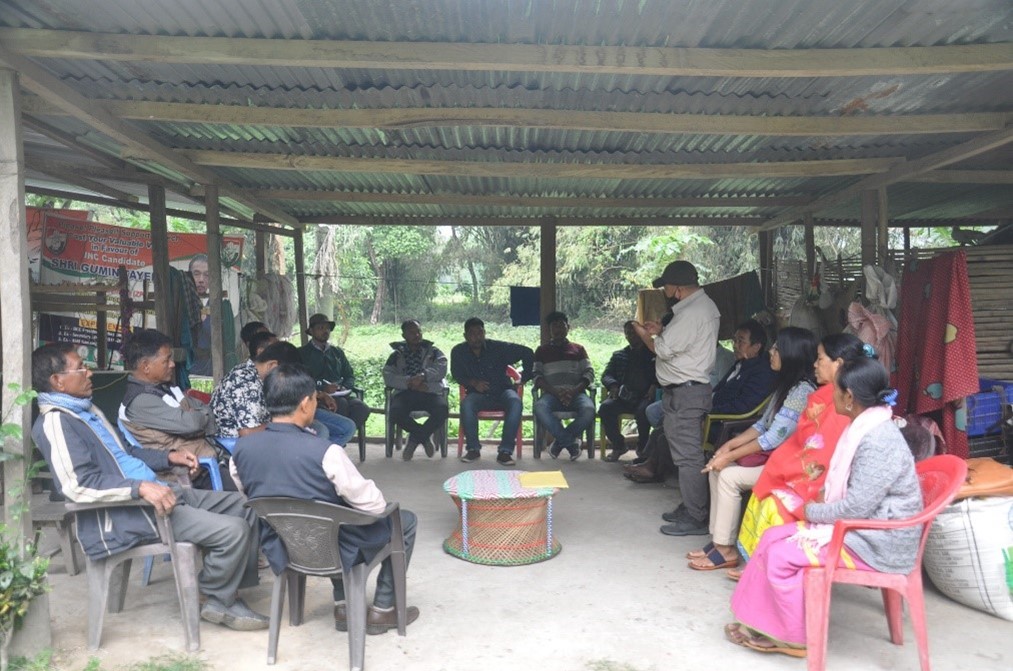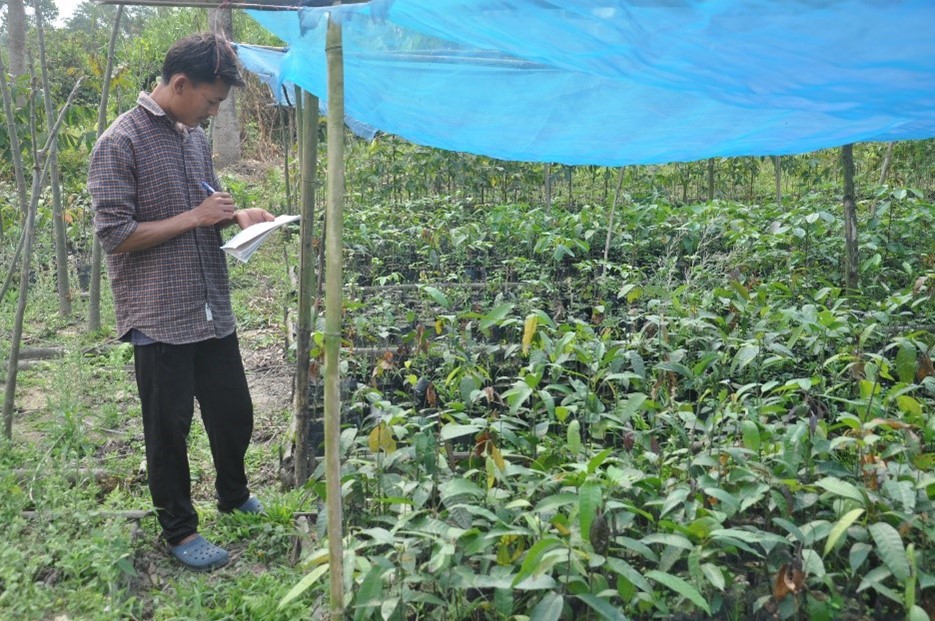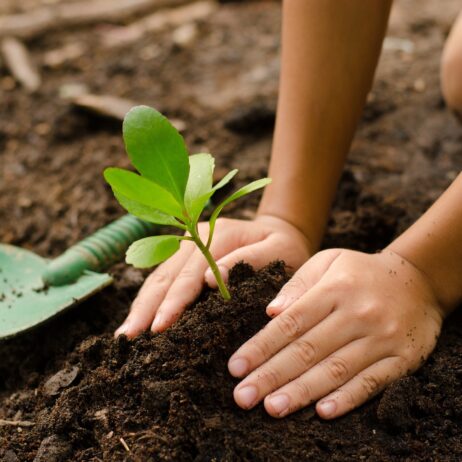
Asian Elephants can eat over 100kg of food in a day, a voracious appetite that can lead them into villages and crop plantations. Credit: JV Aditya.
According to the IUCN, India is home to more than half of the estimated 50,000 Asian Elephants left in the wild worldwide. The country may be the species’ main stronghold, but when you share your habitat with some 1.3 billion people, finding the appropriate room to roam is always a challenge.
Our partner Wildlife Trust of India (WTI) knows that elephant corridors are the solution: areas of land that allow elephants and other wildlife to travel safely between established protected areas. World Land Trust (WLT) have been funding these natural solutions to human-wildlife conflict for many years now, working alongside WTI to foster a mutually beneficial coexistence between elephants and the people with whom they share the land.
Conservation always delivers its best results when local communities are engaged in and empowered by the process. That’s why WTI organised no fewer than 22 meetings, between the months of April and June this year, with the residents of Mer, Paglam and Namsing – three villages situated close to the D’ering-Dibru Saikhowa elephant corridor that straddles the states of Assam and Arunachal Pradesh in northeast India.

WTI have identified women, youth, children and village elders as the “four social pillars of conservation” in the D’ering-Dibru Saikhowa project area. Credit: WTI.
Attended by government representatives and around 200 local people, including the Gaon Burah (village headman) from each village, WTI’s meetings have been a huge success. The animals that use the corridor – including tigers, leopards, gibbons and over 500 elephants – have all benefited, as the residents of Mer, Paglam and Namsing agreed to set aside 1,136 acres (460 ha) of land to be protected and restored as part of the nearby corridor. Those same residents are already seeing compensation in the form of fishery ponds newly constructed by WTI, the harvest from which is expected to feed some 600 families.

Saplings are being grown in a community nursery to restore degraded patches of the D’ering-Dibru Saikhowa elephant corridor. Credit: WTI.
Looking ahead to the future, WTI have pledged to develop entrepreneurship among the villages’ women and youth, while also lobbying state departments for a new sustainable livelihood programme that will reduce dependence on forests. Villagers have already expressed an interest in weaving, pig and poultry farming, and the cultivation of stevia (a strong cash crop for the local economy). To combat the elephants’ tendency to raid crops, two families in Paglam have been provided with searchlights for use on night patrols, while a planned series of solar-powered electric fences will provide extra security for nine villages around the corridor.
“Ideal” corridor expansion fuels village renovations in Karnataka
Recent months have brought good news from WTI’s work in southern India too.
The Mudahalli elephant corridor, first funded in 2017 thanks to the phenomenal support for that year’s Big Match Fortnight appeal, connects the Eastern and Western Ghats in the state of Karnataka. Thanks to the cooperation of community members who accepted compensation for the land they ceded for conservation, the corridor has now been expanded by almost 17 acres (6.8 ha), widening the protected area to around 500m at its narrowest point (“the ideal width for an elephant corridor,” says WTI). Additional land has also been earmarked that, once secured, will widen the corridor even further.

Elephants (like the one seen here) have been shown to share the Mudahalli corridor with Gaur, Sloth Bears, Bengal Tigers and more. Credit: WTI.
To show their appreciation for the community support they have received, WTI have renovated a community hall in the village of Goramadu Doddi that caters to around 40 families. This is just one part of the compensation process that our partner is currently engaged in.
As in Arunachal Pradesh, solar-powered electric fences are planned here in Karnataka as well – a proven method to mitigate human-elephant conflict across India. WTI have been hard at work monitoring corridors in both states this year, collecting data on elephant movements that will allow our partner to reduce the likelihood of negative encounters and prepare communities for mitigation measures when conflict does occur.
All of the work reported on in this article – the corridor expansions, the community engagement, the wildlife monitoring – is directly funded by WLT supporters like you.
In an urbanising world, it is vital that we maintain and strengthen areas like Mudahalli and D’ering-Dibru Saikhowa. By securing safe routes for elephants and other species, we can ensure these animals spend a greater portion of their lives in natural habitat, away from potential conflict with humans.
You can play a part in this right now by making a donation to our Plant a Tree programme, which will support (among other projects) the restoration of D’ering Dibru Saikhowa’s forests, grasslands and floodplains. You could also contribute to the WLT Action Fund, which supports urgent conservation projects around the world wherever and whenever they’re most needed.
Thank you for helping our partner WTI make India a better place for people and wildlife!

